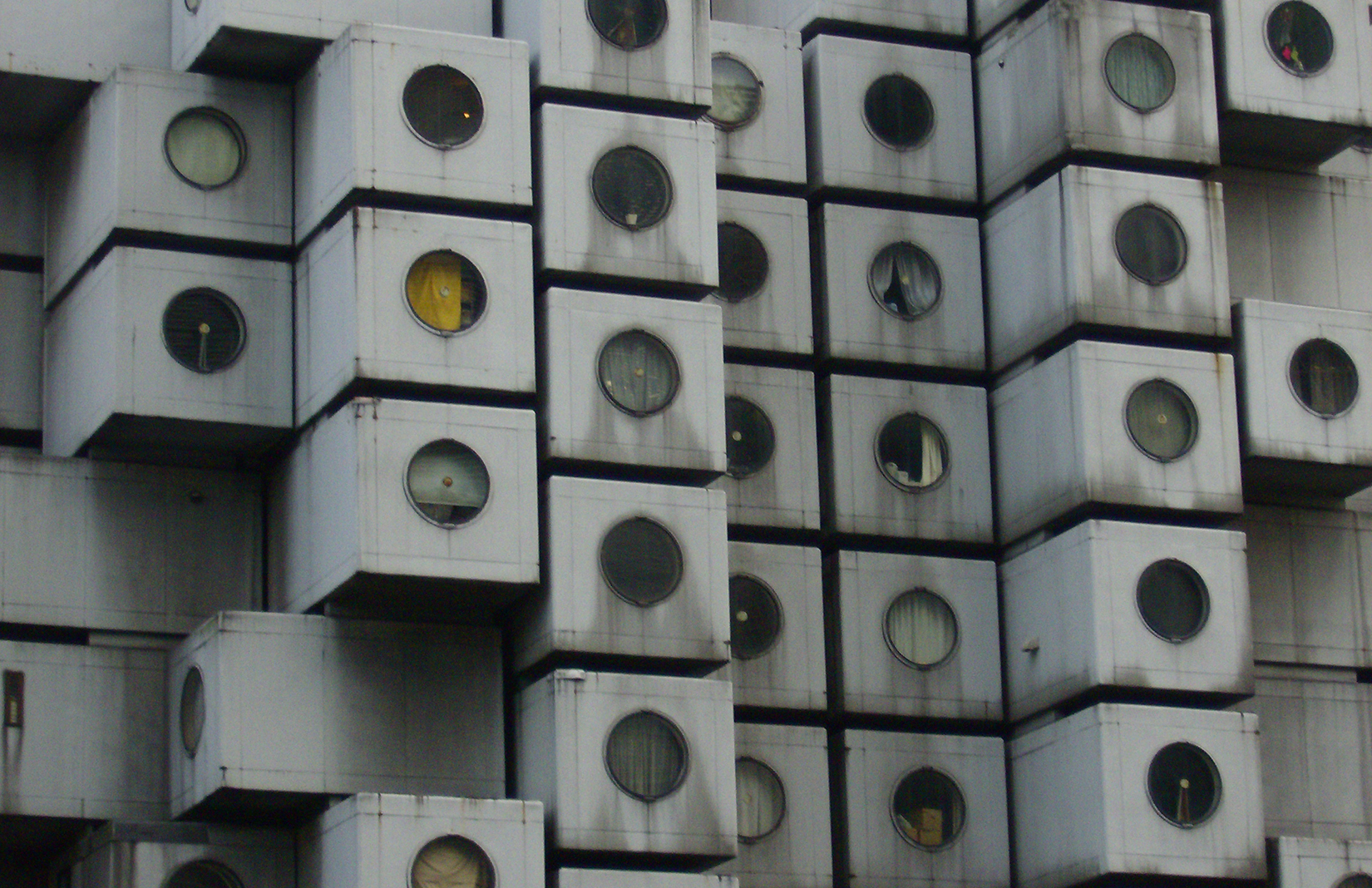Effortless Homebuilding With Modern Modular Home Styles

Benefits of Modular Home Designs
Modular home styles offer various benefits that make them an attractive option for several homeowners. One of the key benefits is cost-effectiveness. Since modular homes are constructed in a factory setup, building contractors can simplify the procedure, reducing labor and material prices, which typically translates to decrease prices for customers.
In addition, modular homes are known for their rate of building and construction. pod homes. The regulated atmosphere of a factory enables for reliable setting up, making it possible for homeowners to relocate into their brand-new home rather than conventional building methods would certainly permit
Power effectiveness is another significant benefit. Several modular homes are made with sustainable products and energy-efficient systems, causing reduced energy expenses and a minimized ecological footprint.
Additionally, modular styles offer a high degree of customization. Homeowners can frequently select from different designs, products, and surfaces, making sure that their home meets individual choices and way of life needs.
Lastly, modular homes are constructed to meet rigorous building codes and standards, guaranteeing toughness and safety. Overall, the combination of price, speed, efficiency, personalization, and top quality makes modular home designs an appealing option for a large range of buyers.
The Modular Building Refine
The modular building process includes a systematic approach that significantly differs from typical building techniques. Each component is developed with the exact same materials and standards as a site-built home, including insulation, electrical circuitry, and plumbing systems.
As the modules are built, the website prep work can take area concurrently, including structure job and energy setups. This parallel process considerably lowers the total timeline for conclusion. As soon as the modules are prepared, they are carried to the structure site, where they are craned into setting and firmly collaborated.
The lasts entail finishing touches, such as exterior house siding, roof covering, and interior describing. This structured method not just reduces building waste but also boosts energy effectiveness with well-coordinated building methods. Generally, the modular building process supplies a faster, affordable, and ecologically friendlier alternative to standard home structure.
Personalization Options Available
Exploring customization options in modular home layouts enables homeowners to tailor their home to their unique choices and way of livings. Among the most attractive aspects of modular homes is the adaptability they offer in style and format. Home owners can pick from a variety of layout, ranging from open-concept spaces to a lot more traditional designs, guaranteeing that the home fits their details demands.
In enhancement to structural alterations, customization reaches aesthetic elements. Homeowners can select from a considerable combination of colors, finishes, and products, consisting of cabinets, counter tops, floor covering, and house check this siding. This level of personalization allows homeowners to create a natural layout that mirrors their specific style.
Additionally, modular homes can integrate energy-efficient features and clever modern technology alternatives. House owners can choose photovoltaic panels, energy-efficient windows, and progressed heating and cooling systems, adding to both convenience and utility savings.
Finally, several makers provide the opportunity to add unique aspects, such as integrated shelving, custom wardrobes, or outdoor living rooms. This detailed range of modification options makes sure that modular home styles can be as distinctive and practical as the households that inhabit them.
Sustainability in Modular Houses
Sustainability is a key consideration in contemporary home structure, and modular homes are significantly designed with green methods in mind. These structures decrease waste through effective production processes, as parts are produced in a controlled setting (pod homes). This not just minimizes the quantity of material disposed of during building but likewise reduces the carbon footprint related to typical structure methods
Modular homes usually include lasting products, such as redeemed wood, recycled metal, and low-VOC paints, which contribute to much healthier interior air quality. In addition, many layouts incorporate energy-efficient systems, including solar panels, progressed insulation, and high-performance home windows, which reduced power consumption and utility expenses in time.
The modular building and construction approach likewise enables better preparation of power usage and resource administration throughout the structure lifecycle. By making use of premade elements, home builders can considerably lower transport exhausts, as materials are delivered wholesale to the website.
In addition, the versatility of modular homes enables future upgrades, making certain that home owners can customize their home to include a lot more sustainable technology as it comes to be offered. Generally, sustainability in modular homes represents a forward-thinking technique to ecologically liable living.
Cost-Effectiveness of Modular Structure
Modular homes not only focus on sustainability however additionally use substantial cost-effectiveness compared to typical building and construction techniques - pod homes. Among the primary monetary advantages is the decrease in labor prices. Due to the fact that a substantial portion of the building procedure occurs in a regulated manufacturing facility environment, labor effectiveness is enhanced, resulting in lower total costs
Additionally, using standard products and layouts reduces waste, leading to expense financial savings that can be passed on to consumers. The time cost savings associated with modular building and construction likewise contribute to its affordability; jobs can be finished in a fraction of the moment it considers conventional builds, permitting property owners to relocate quicker and begin benefiting from their investment.
Additionally, modular homes typically include energy-efficient features, which can result in minimized energy expenses gradually, further enhancing their cost-effectiveness. Financing options for modular homes are likewise coming to check over here be extra favorable, with several lenders identifying their worth and stability.
Verdict
In conclusion, contemporary modular home designs present a transformative method to homebuilding, identified by sustainability, modification, and effectiveness. Ultimately, modular homes stand for a forward-thinking service that addresses contemporary real estate demands and advertises a more lasting future in household construction.
